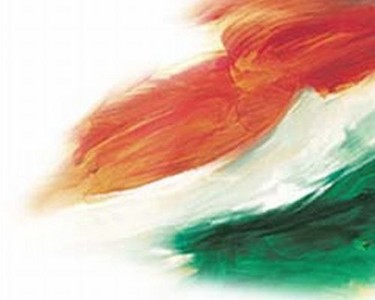1) At the current selling prices of Petrol and Diesel the total tax is almost 48% of the selling price. This includes customs duty, excise duty, sales tax, vat , additional tax, surcharge, additional surcharge etc.
2) The current price hike equates to more than 13% increase in the prices of diesel which is the highest single increase.
3) During the last financial year one in every six rupees (16%) of the Centre's tax revenues came from levies on petro products — State Taxes were extra. This busts the myth of under recoveries by Oil Companies.
4) The combined net profit of Oil companies in India last year was approximately 27000 Crores for the last financial year. (including IOC/BP/HP/ONGC. The Operating profit was three times this figure.
5) The current increase to a large extent has been done to get a better credit rating from international agencies like S&P , Moody's And Fitch which would have further downgraded India if the subsidy on diesel was not cut.
6) Another major political reason to induce the hike at this stage is to divert the attention from the Coal Scam to Fuel increase , which naturally would have major reactions such as Strikes, Protests , Bandhs and Dharnas from the various political parties and general public, removing the focus from coal to a large extent.
7) Expect the inflation to spiral again to 10% levels, for increase in price of fuel will have a upward effect on prices of most of commodities. And more than 80% of goods movement in the country happens through Roads, where fuel is a major component of the total cost.
8) Indian public may again forget the impact of fuel price increase and get disillusioned by the India Pakistan 20-20 Match scheduled on 17September.
9) Sonia Gandhi has never bought a gas cylinder or filled fuel with her own money in her entire life.
Please share this in Public Awareness
